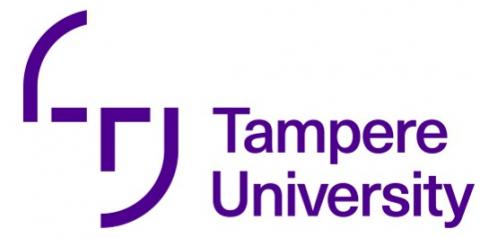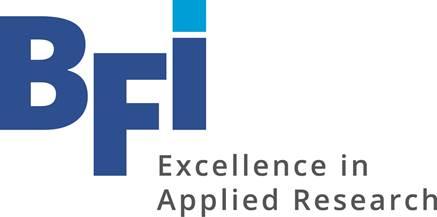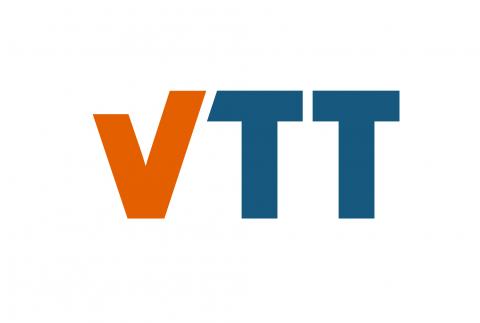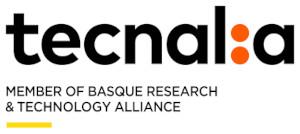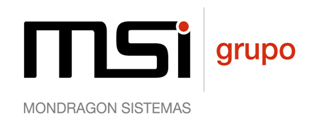Digitalization in copper smelting - taking the next big step
By Jani Jansson and Mikko Korpi from Outotec (https://www.linkedin.com/company-beta/241781/)
The mining industry is well known to be challenged with declining productivity and ore grades, aging workforce and tightening regulations. It is also considered to be a decade or two behind some of the other heavy processing industries like oil and chemical industry for example.
This means that still a lot of the operations in the industry are relying on base-level automation with most of the control loops often set to manual. As the world is currently experiencing its fourth industrial revolution, the mining companies are also looking into digitalization in search of ideas for new ways of doing everything more efficiently. This sets up the scene for the digital innovations and increasing the current level of automation.

The operations are already starting to change quickly now as the mining companies are implementing technologies like self-driving trucks, machine vision systems and machine learning algorithms for improving the overall productivity and efficiency. As the digital technologies and capabilities are evolving exponentially, we can already today achieve things that seemed like science fiction only few decades ago. Expertise of the very best human process operator can be saved and utilized as a part of process advisory and/or optimization solution, tasks requiring heavy and complex manual labor can be automated with robotics and computers can be used for gathering and preprocessing data so that decision-making can be quicker and more accurate than ever before. Imagine what we can do after the decade or so!
At the copper smelters the current development efforts are typically directed towards improving the efficiency of unit processes and increasing the campaign times of the process equipment without sacrificing product quality, the environment and health and safety of the personnel. This development can be greatly supported with intelligent instrumentation enabling more frequent and accurate measurements, advanced process control supporting the process operators and information management systems providing refined data for decision-making.
In the COCOP project, the copper smelter represents one of its pilot cases and the aim for the developed concept is to enable plant-wide monitoring and control. So the ambitious goal is not to develop basic automation or new intelligent instruments, but to innovate a model-based control for the whole smelter that enables operation against the actual bottleneck of the smelter and optimized recovery of copper and resource efficiency. The generated solution will advise plant operators in scheduling of tappings, converter batches and anode furnace operations and setting the target matte grade and feed rate to smelting furnace. This task is known to be very challenging and special emphasis is given on both the technical solution itself and the operator friendliness of the solution. Luckily not everything has to build from the scratch, thanks to already existing and proven technologies developed by consortium partners like Outotec. Even though it is very early to say for sure, we can already predict that the finished concept can change the everyday operations of any copper smelter in unimaginable ways.
For more information on the Copper-smelting pilot case please see the Pilot Cases - page of the COCOP home page.
Follow the discussion in the COCOP Debate Group of Linkedin





